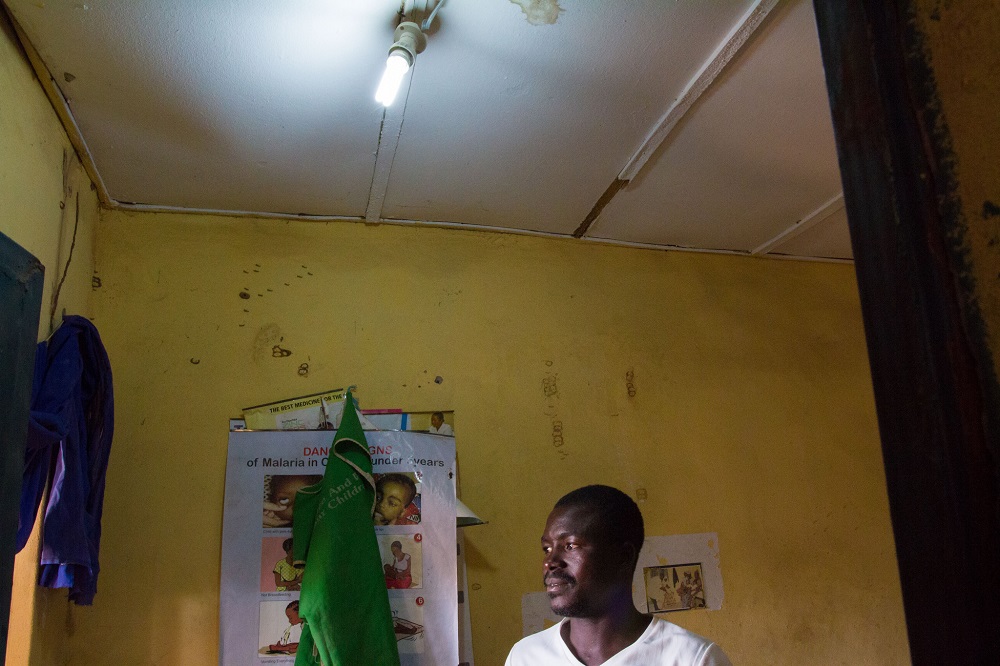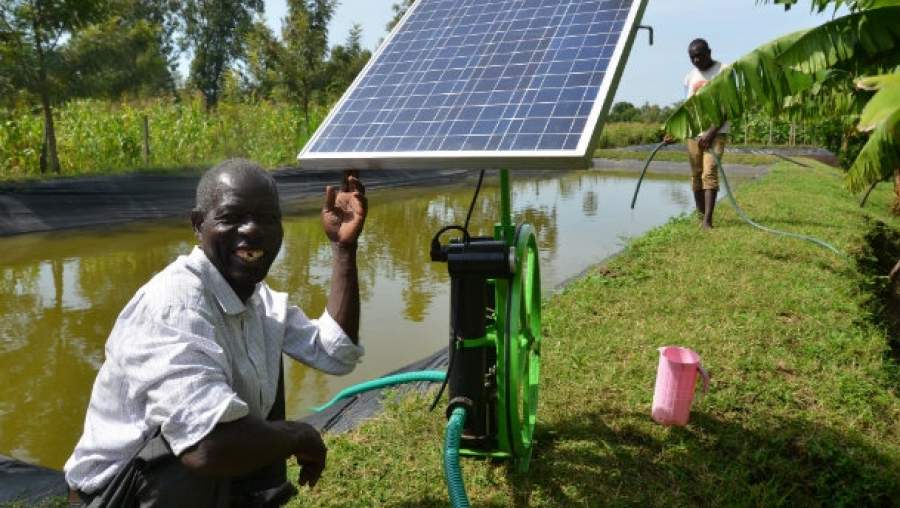Kenya could achieve 100% electrification by 2022 in line with its National Electrification Strategy if the country adopts the option of solar mini-grids as a source for electricity connection, Kenya’s leading water and energy solutions company Davis & Shirtliff has said.
It is expected that solar mini-grids will play an important role in the pursuit of universal access to modern energy especially across rural Africa, particularly where grid extension is technically or financially improbable.
‘’Essentially, there are three ways of providing electricity to rural populations: grid extension; standalone solar systems; and mini-grids. The grid extension is by connecting communities to the national grid, which can be hugely expensive. Solar systems are the next solution to connect people without the option of connecting to the national grid since they are a stand-alone system. The third option and which we see as a solution to achieving universal access is mini-grids, which is a decentralized hybrid system of the national grid and solar that can function separately from the national grid,’’ said Norman Chege, Davis & Shirtliff’s Solar Division Manager.
As they are not connected to a main grid, mini-grids only generate electricity for local consumption. This local nature of mini-grids allows developers to better track and understand a community’s energy needs so electricity supply can match demand.
“Mini-grids operate optimally in areas where the population is too small or remote for grid extension and standalone solar systems aren’t viable for larger electricity needs. Adoption of solar mini-grids would offer the best option to electrify remote locations,’’ he added.
According to the World Bank, approximately 75% of Kenyans have access to electricity from grid and off-grid sources with most of them in urban areas. The 2022 Kenya National Electrification Strategy (KNES) seeks to identify and implement least cost options for bringing electricity to the remaining 25 per cent of households and businesses in remote areas across the country and according to Chege, mini-grids can complement the extension and intensification of electricity connectivity within marginalized areas of the country.
‘’Electricity access for all Kenyans is a crucial aspect that will determine if the country will be able to successfully achieve its big 4 agenda of expanding the manufacturing sector. Kenyan households and businesses will need competitively-priced, reliable, safe and sustainable energy to deliver on its Big Four Agenda priorities,’’ said Chege.
There has been widespread endorsement of solar mini-grids at the global level and the full adoption of the cheap energy alternative in the country will, according to Chege, ensure that the country does not experience sporadic distribution of electricity that is commonly linked to supply inconsistencies at the national grid.
“Taking on solar mini-grids will in theory ensure a less intermittent supply of electricity and this goes a long way in guaranteeing that all parts of the country not only have access to lighting but also have access to key communication platforms such as mobile phones and the internet which are a necessity in this age of digitization,” Chege explained.
Despite the government establishing regulations in the form of the Energy Bill 2017 to control the establishment of solar mini-grid in the country, Chege pointed out that “more can be done to streamline and incentivise the process to ensure that the initiative is taken up in all parts of the country”.
“For one to set up a mini-grid, necessary approvals must be done through the Energy and Petroleum Regulatory Authority and the bureaucracy at times prolongs the projects and makes them very expensive.
Chege similarly advised the country could benchmark against Germany which has successfully made the shift to using renewable energy as a substitute to more traditional forms of energy such as coal. As of January 2019, renewable energy such as solar contributed to 45 per cent of the country’s electricity production. The European nation however wants to up the percentage to 65 per cent by 2030.
Read: Whatsapp urges users to update app after hacking
He added that a key success factor in the realization of 100 per cent connectivity would through the Public Private Partnerships which would see government and private sector synergise to provide efficient and accessible energy solutions for Kenyan homes, businesses and community service centers in all parts of the country.











Leave a comment